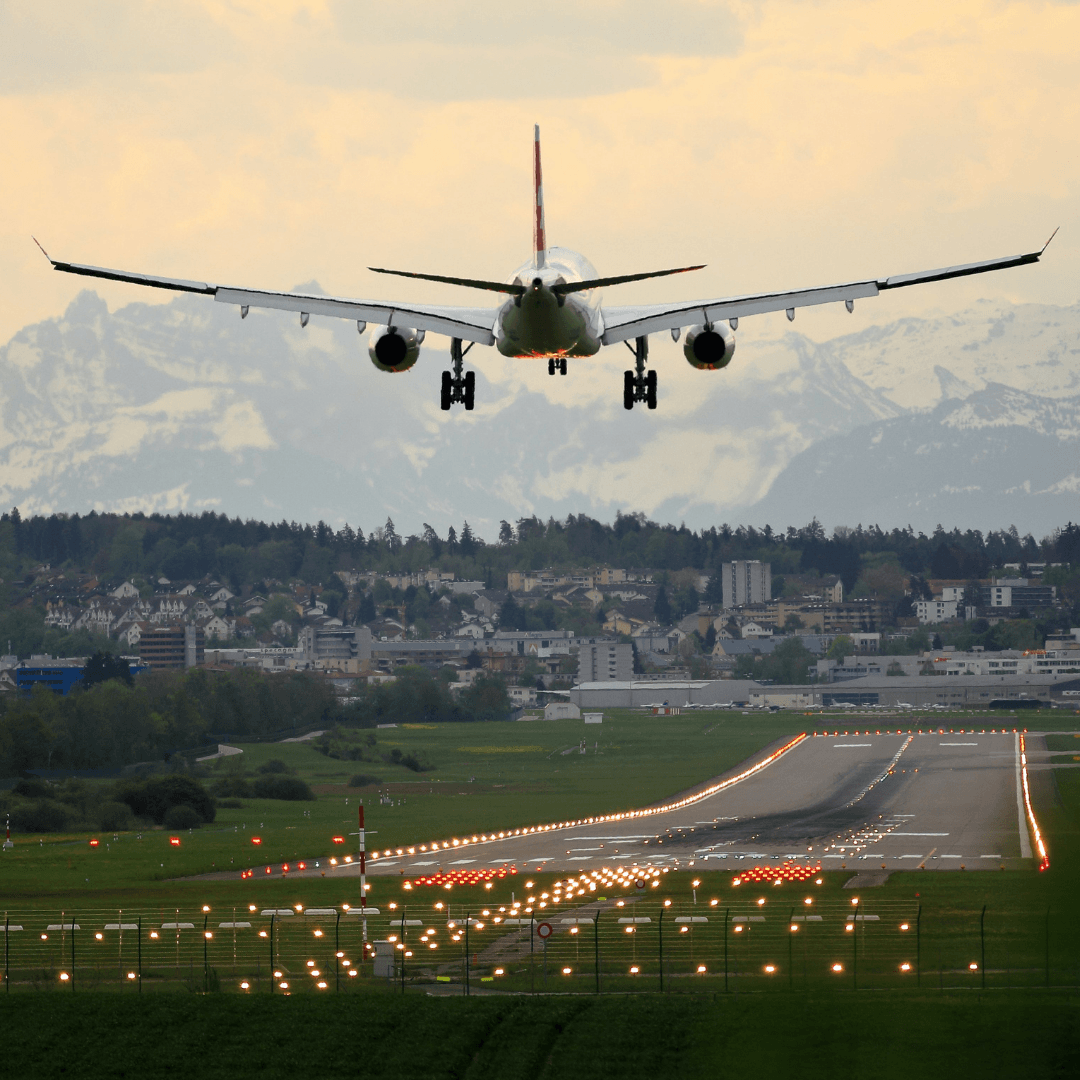
For those times you get the nomadic itch to change your scenery, upset your routines, and spark an internal transformation, you might turn to travel as a solution. Then again, you may also travel to take a break from work, kindle your relationship, or attend that once-in-a-lifetime festival across the globe. Without hesitation, I encourage you to get up from your seat and see the world. We only live once, right?
But travel has its pitfalls. Judging from the title of this post, you knew this wasn’t going to be a lovefest of unconditional praise for travel. Like every other sector, tourism has landed on the cutting block. And as you may have guessed CO2 emissions are getting shaved off.

Here’s why:
-
Travel-related activities lead to 14% of greenhouse gas emissions (GHGs).
-
Tourism contributes to 8% of GHGs.
-
And the tourism industry is growing at a rate of 5% per year.
-
Sure, only 6% of all people in the world have ever traveled, this figure could easily increase.
Now, here’s the kicker. Air travel alone accounts for roughly 5% of climate change. So, flight operators are the next in line for serious scrutiny.
By 2021, airlines will be required to offset emissions under a new UN Agreement, the Carbon Offsetting and Reduction Scheme for International Aviation (CORSIA). However, this program is voluntary for the first six years, so you can still help by making conscious choices.

So now they want me to give up air travel?
Not exactly, but if you did, the planet would surely send some karma your way. That’s because a four-hour flight puts roughly 1000 pounds of CO2 into the atmosphere, which is more than a US driver emits on average over the course of a month. That can add up to a lot of damage quickly, especially if you travel internationally.
There are technological solutions to the carbon dumping facet of air travel on the horizon, like biofuel and electric airplanes. These are not at all ready for widespread use, though. For those who won’t give up flying, the mainstream solution is called offsetting.


What are carbon offsets?
The logic behind carbon offsetting is quite simple. You travel. You still pollute as much as needed to travel. But you fund projects that either reduce carbon emissions or improve carbon sequestration (carbon sinking back into the earth via trees’ natural service) elsewhere. These include forestry-related activities or energy-related efficiency or carbon reduction actions.
This way, in theory, your travel impact does not add carbon into the atmosphere because that carbon is subtracted elsewhere. It’s like eating a pile of french fries, but then burning off the excess carbs and fat by running a half-marathon. However, in practice, it’s a bit more complicated.
How does carbon offsetting work?
Offsetting is a voluntary choice of the consumer, who decides whether to purchase offsets to their travel carbon emissions.
In order to establish the amount to offset, you’ll need to measure how much carbon you’ll emit into the atmosphere. For air travel the matrix of influential factors looks something like this:
- Distance flown
- Class of travel (economy, business or first class)
- Aircraft fuel efficiency
- Aircraft passenger capacity
- Number of passengers aboard flight
- Time of day
- Weather conditions (tailwinds improve efficiency)
There are a variety of apps available for calculating these factors, but some of them only take your distance into consideration.
The other side of the equation involves determining the effectiveness of a carbon offsetting program. These are often funded and organized by environmental NGOs in developing countries to promote sustainable development.
There are four criteria for determining offsetting effectiveness. The project should be:
- Additive: The carbon offset must be an added effort that wouldn’t have existed otherwise.
- Leak-free: It has to have a one-to-one correlation without hidden carbon emissions.
- Permanent: It has to have a lasting impact. This criterion is especially difficult to satisfy with tree-planting efforts, because they take a long time to grow and achieve their effect, and there is no guarantee that they won’t be cut.
You can either offset directly to select a program that seems most reliable, or you can also rely on the services of airline companies to offset your travel when you purchase your airfare.
How to ensure an effective direct carbon offsetting result:
Since there are so many variations in the programs used for carbon offsetting and the calculation methods vary, it’s important to take an active role in choosing how and where your money goes. Try to choose companies that give lots of details about their programs or allow you allocate your funds directly to a personally selected program.
For instance, your offsetting funds may not have as great of an impact if you use a for-profit company or if the non-profit spends a high percent of your offsetting funds on administrative costs.
Your funds are also more likely to successfully offset your carbon emissions if the company you use for offsetting is regulated and certified. For example, the Gold Standard is a reputable certification founded by environmental groups.
Companies helping tourists calculate or directly offset travel:
How Travel Companies can Offset for you
This option is easy because you simply pay an extra fee when you purchase an airline ticket. Roughly a third of airline companies offer this option online. That said, you’ll still have to dig into their offsetting program to weigh its effectiveness.
Here are some examples of partnerships that airline companies have initiated with NGOs to provide carbon offsetting options to people purchasing flights:
- Qantas and Future Planet
- Delta and Nature Conservancy
- United and Sustainable Travel International
- Air Canada and Less Emissions
- Brussels Airlines and CO2 Logic
- KLM and CO2ZERO
- Austrian Airlines and Carbon Austria
- Alaska Airlines and Carbon Fund
- JetBlue and Carbon Fund
- Lufthansa and MyClimate
When choosing which flight carrier’s offsetting program to use, check how they calculate their offset amount, the projects they fund, and their certifications.

Additional ways to reducing your flight impact:
-
Avoid multiple layovers, fly direct
-
Avoid short flights. Use alternative options for short distances such as bus or train.
-
Keep in mind the time-drain of airports when comparing your options. A two hour flight can still amount to five hours of travel time.
-
Keep in mind that most CO2 gets emitted on take-off and landing.
-
Choose economy instead of business or first-class.
-
Make your concerns heard by contacting flight carriers directly with your sustainability questions.
Does offsetting only apply to air travel?
Not at all. You can apply the same logic to any form of travel. In fact, there are a variety of companies cropping up to help you find the best sustainable restaurants, hotels, and transportation options to help you reduce your overall travel impact. Check out Bouteco, Kynder, Trip Zero, and Intrepid for fabulous tailored sustainable travel solutions.
I know this is probably a lot of information to digest. I also hope you use these resources to find the best solution to cutting down on the impact of your travel, even if that means having a staycation. There’s nothing wrong with exploring your hometown from a fresh perspective. Good luck!
Sources:





